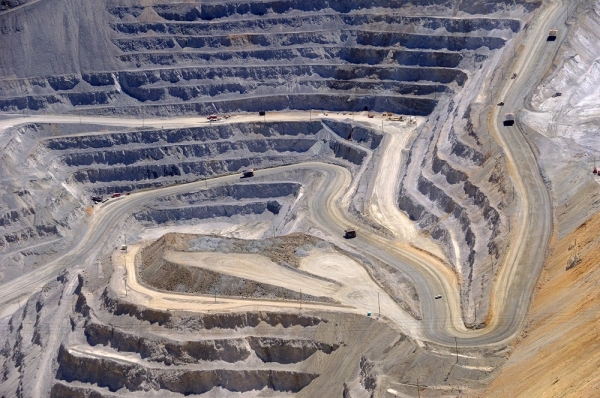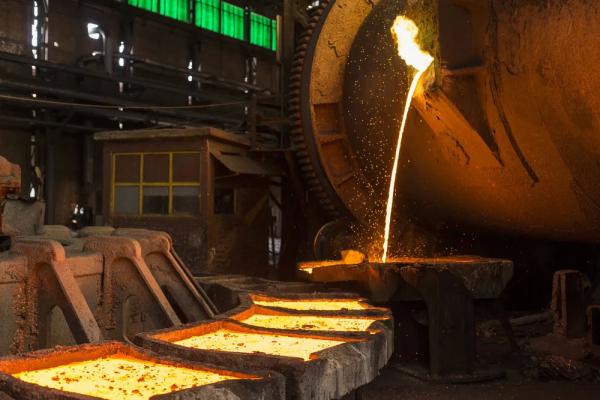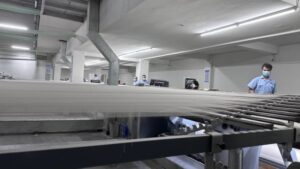Kazakhstan is taking strides to enhance its copper production, aiming to increase output from 450,000 to 750,000 tons by 2029. This goal is part of a broader effort to bolster the country’s manufacturing industry, with a new copper smelter project currently being implemented in the Abay region.

To support this expansion, Kazakhstan’s government has introduced legislative reforms that have facilitated the signing of 25 agreements between manufacturing and large mining companies. These agreements are focused on ensuring the domestic processing of primary aluminum and copper raw materials.
As a result, aluminum processing volumes reached 51,000 tons in 2023, a 20% increase from 2022 and a 70% rise from 2021. Plans are underway to further increase aluminum processing to 72,000 tons by 2024.
Kazakhstan is also set to expand its steel production to 10mn tons, driven by the expansion of Qarmet and new projects such as the production of special-purpose steel by Kazakhstal. Additionally, ERG, in collaboration with BAOWU Steel, plans to initiate the production of hot briquetted iron in Rudny, ensuring deep processing of iron ore and meeting 100% of the raw material needs for steelmaking.
The government has taken measures to improve legislation, reduce administrative barriers, and introduce new tools to stimulate domestic production across various sectors, including mechanical engineering, petrochemicals, and the automotive industry. By the end of the first half of the year, these efforts have yielded positive results, with the manufacturing sector contributing 13.3% to the GDP, making it the third-largest sector after mining and trade.
In the mechanical engineering sector, the government plans to further develop the railway cluster, enhancing the product line for railway transport and main lines at existing production facilities. The aim is to achieve 50% localization in railway engineering by 2030. In the oil and gas engineering sector, the production of parts for pumps, compressors, cranes, and valves has been established, with plans to expand further in the near future.

The automotive industry in Kazakhstan is moving towards more complex vehicle assembly, with automakers committed to increasing the share of small-knockdown assembly (CKD) to 50% by 2027. In the construction industry, domestic manufacturers are expected to meet nearly all of the market’s needs for basic construction materials by 2029, with plans to implement 170 new projects.
The government is also improving the activities of special economic and industrial zones to provide enterprises with better access to infrastructure. Since January 2024, SEZ participants have received differentiated benefits based on the investments made, encouraging greater investment and development. Additionally, efforts are being made to unify the terms of operation of all SEZs until 2049, providing stable conditions for long-term investments.
To support domestic producers, exemptions from the national regime were established for over 4,000 domestically produced goods, prioritizing their purchase in state procurement. In 2023, domestic producers signed 179 long-term contracts and offtake agreements worth KZT 66bn ($138.4mn), ensuring a steady demand for their products.
The government has also adopted a list of major projects to create high-value-added clusters in priority manufacturing areas, including 17 projects in the metallurgical, chemical, petrochemical, and automotive industries. These initiatives aim to deepen the processing of raw materials and develop related industries, contributing to the sustainable growth of Kazakhstan’s economy.




